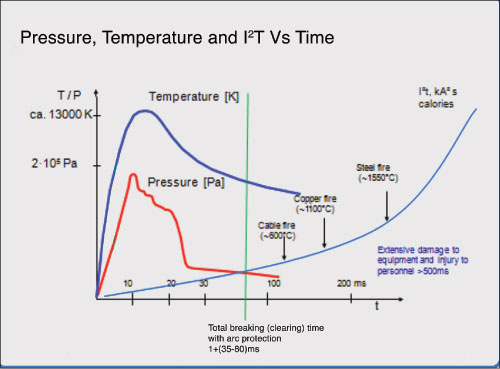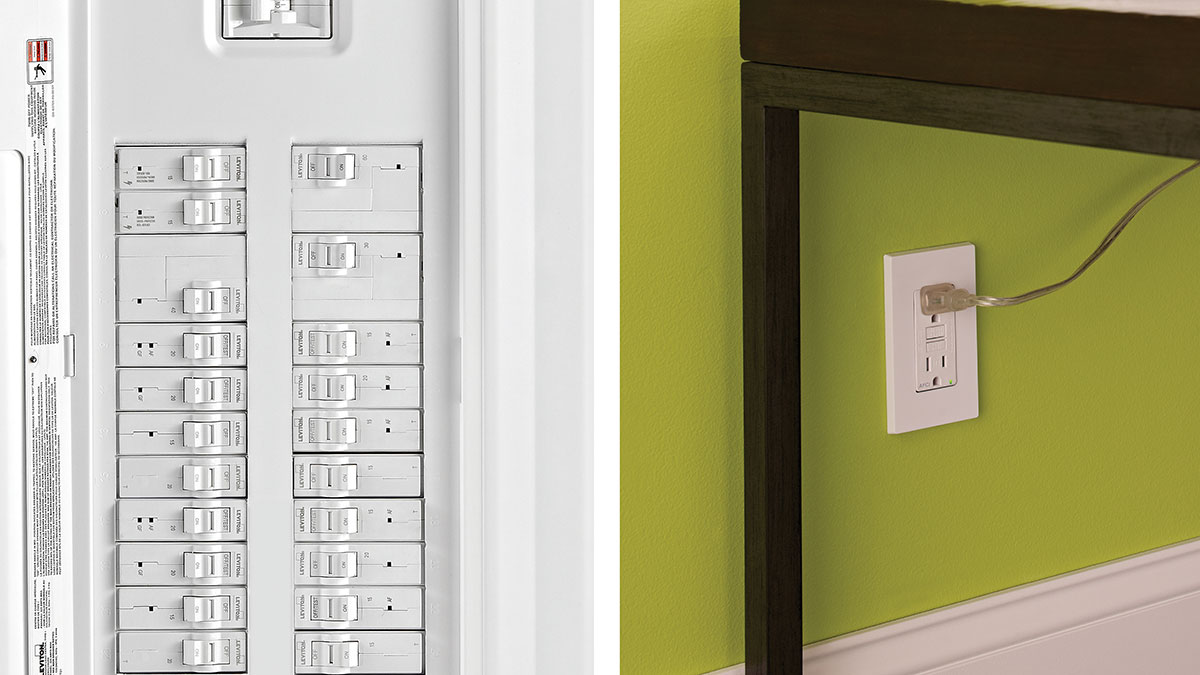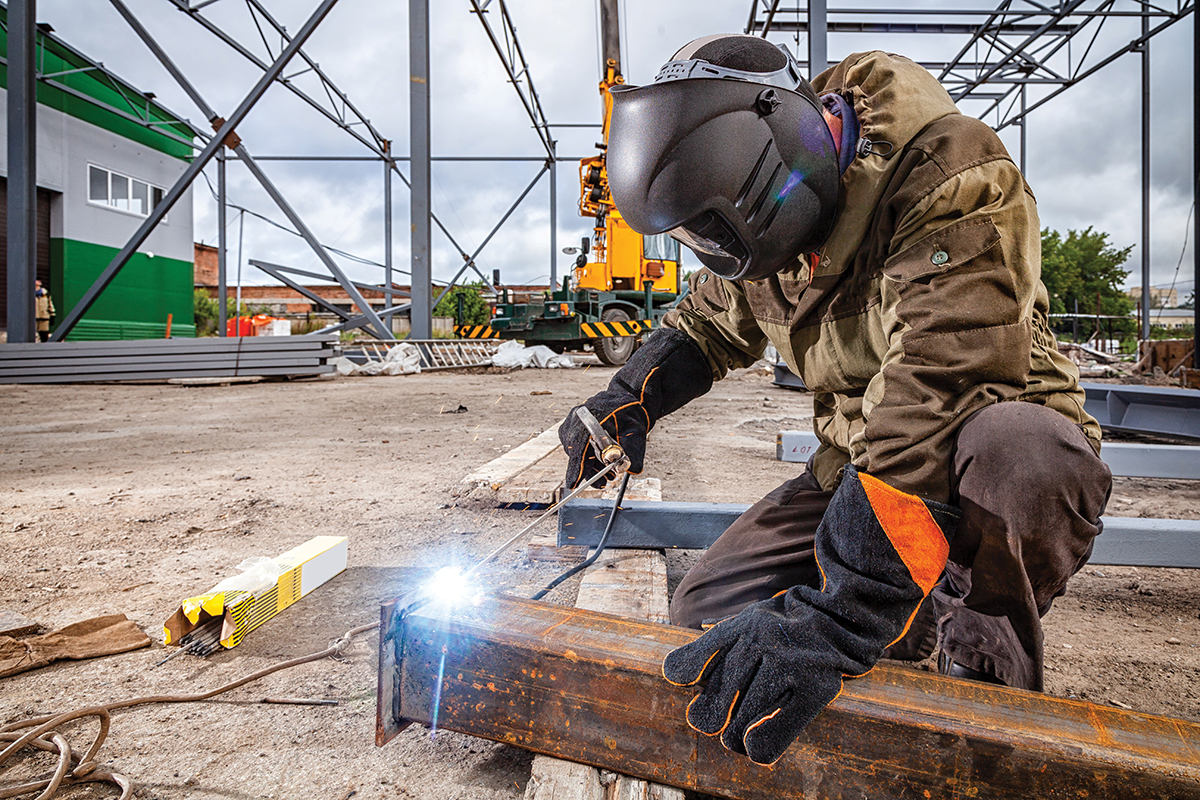With any hazard there is a definable risk and a definable impact and it is no different for the arc-flash hazard. Quite often the impact in business interruption far outweighs the physical damage to equipment and industry statistics would suggest that the average physical equipment damage is around $50,000 and the business interruption cost around $85,000 per incident.
However, there is a significant human cost to this hazard and physically arc-flash victims may suffer from chronic pain and scarring. Workers may also have difficulty re-integrating into the community, and may experience anxiety, depression, or other psychological symptoms. The social and economic costs may also be high. Workers’ compensation pays only a portion of lost wages. Some workers may not be able to return to their pre-injury job. Employers bear the costs associated with lost productivity, reduced competitiveness, employee rehiring and retraining, as well as being subject to increases in workers’ compensation premiums.

Figure 1. Progress of pressure and temperature under arcing
Published data from Washington state notes that from September 2000 through December 2005, 350 Washington workers were hospitalized for serious burn injuries occurring at work. Of these, thirty (9%) were due to arc flash/blast explosions. Total workers’ compensation costs associated with these thirty claims exceeded $1.3 million, including reimbursement for almost 1,800 days of lost work time.
The typical approach from an insurance perspective is to define the peril (fire, electrical injuries, etc.), quantify the likelihood of an event and quantify the total business impact of the hazard and from this calculate the exposure. The big questions are: What drives losses? Where does one focus loss prevention efforts?
The key for engineers, safety professional and business leaders is to adopt a similar approach and to deploy technology that will reduce the frequency of the hazard, employ technology that will provide an opportunity to take preventative action to avoid the hazard and, finally, as a last step utilize technology that will mitigate the damage from the hazard.
Reduce the Frequency of the Hazard
In practice, the majority of electrical faults experienced in industrial low-voltage systems are phase-to-ground faults. For solidly grounded wye systems, the IEEE Red Book (Std 141-1993, Section 7.2.4) states that “A safety hazard exists for solidly grounded systems from the severe flash, arc burning, and blast hazard from any phase-to-ground fault.” The same standard recommends a solution to resolve this issue. Section 7.2.2 of the IEEE Red Book states that when using high resistance grounding, “There is no arc flash hazard, as there is with solidly grounded systems, since the fault current is limited to approximately 5 A.” The Red Book is referring here to phase-to-ground faults
While high resistance grounding as a technology was originally applied to power distribution systems in industries as diverse as food processing, mining, petrochemical and even commercial installations such as airports, data centers, etc., to enhance the reliability and uptime of power distribution equipment it is also proven effective in significantly reducing the frequency and severity of arc-flash accidents. With between 90% and 98% of electrical faults being phase-to-ground faults, by limiting the fault current to between 5 amps and 10 amps, there is insufficient fault energy for the arc to re-strike and it self-extinguishes and the hazard frequency is reduced.
In fact in the most recent edition of the NFPA 70E it states in section 130.2 FPN No.3 “Proven designs such as arc-resistant switchgear,…high-resistance grounding and current limitation….are techniques available to reduce the hazard of the system.”
While high resistance grounding prevents the propagation of many ground faults into full-fledged three-phase arcing faults, high resistance grounding has no affect on the magnitude of a phase-to-phase or three-phase arcing fault if phase-to-phase or three-phase faults are initiated.
Preventative Action Technology
Empirical data analyzed for cause from actual arcing events suggest that between 60%–80% of all arcing events within switchboards are caused by faulty electrical connections. If there were a way to measure an output from these faulty connections and to measure rate of change of the condition then a mechanism could be created to provide an alarm of a pending hazard and corrective action implemented.
One of the quantifiable and measurable outputs from the faulty connections is smoke and gas and in fact the US Navy has been using technology based on commercially available radioactive ionization chambers, similar to that employed in commercially available smoke detectors, since 1991 to continuously monitor thermal conditions of connections. It has been determined that a detector set between 150° Celsius and 300° Celsius will provide indication of a hot and loose connection.
In a 2003 IEEE Transcript it is noted that test results would indicate that this set point of 150°C to 300°C will give a warning of a few minutes to several hours before the connection will develop into an arc fault.
This is well below the 1083°C required to melt copper and create an inline arc.
Arc Mitigation Technology
An arc is developed in milliseconds and leads to the discharge of enormous amounts of energy. The energy discharged in the arc is directly proportional to the square of the short circuit current and the time the arc takes to develop, i.e., energy = I2t
The damage resulting from the arc depends on the arcing current and time and of these two factors time is the most easily controlled and managed. Rules of thumb for different arc burning times are:
• 35 ms or less – no significant damage to persons or switchgear which can often be returned to use after checking for insulation resistance
• 100 ms – small damage to switchgear that requires cleaning and possibly some minor repair. Personnel could be at risk of injuries.
• 500 ms – catastrophic damage to equipment and personnel are likely to suffer serious injuries.
The goal of arc mitigation technology is to protect personnel and property and to effectively accomplish this we must first detect the arc and then cut the flow of current to the arc in as short a time as possible. As noted above the target is to achieve a total reaction time of 100 ms or less from detection of the arc to isolation of the circuit.
An arc is accompanied by radiation in the form of light, sound, heat and as such the presence of an arc can be detected by analyzing visible light, sound waves, and temperature change.
To avoid erroneous trips it is normal to use a short-circuit current detector along with one of the aforementioned arc indicators and the most common pairing in North America is current and light.
The burning of the arc heats up the ambient air causing it to expand and create a measurable increase in pressure inside the switchgear. In Europe it has become common practice to use the combination of light and pressure as positive indicators of an arc. The pressure sensor has an operating time between 8 ms and 18 ms and when combined with a circuit breaker with an operating time between 35 ms and 50 ms we have achieved our goal of 100 ms or less.
However, many older circuit breakers operate closer to 80 ms and these require to be paired with a faster acting arc detection device. Arcs produce light in the ultraviolet spectrum and at intensity levels in excess of 20,000 lux and this can be detected through special optical sensors. These sensors are connected to a relay system that has a typical operating time under 1 ms and is the fastest arc flash detection technology currently available. The operating time is independent of the fault current magnitude since any current detector elements are used only to supervise the optical system.
With optical arc protection technology installed the relay operating time is essentially negligible compared to the circuit breaker operating time and the cost is fairly low since current transformers are only needed on the main breakers. Again if we sum up the circuit breaker operating time and the optical arc detection time, we are well below the goal of 100 ms regardless of the age and speed of the circuit breaker and have mitigated the damage to a more reasonable level.
The combined use of high resistance grounding for protection from ground faults and its ability to prohibit the escalation of the fault, the use of continual thermal monitoring to detect early signs of loose and faulty connections and arc mitigation technology including pressure sensors and optical arc detection for phase-to-phase and three-phase arcing faults is an effective engineering approach to minimizing the arc-flash hazard.










Find Us on Socials